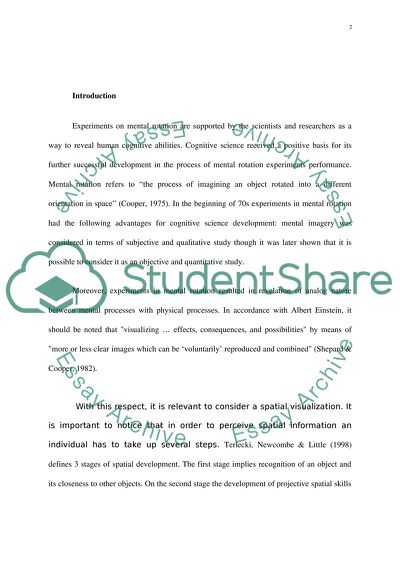Cite this document
(“Psychology - Mental Rotation (Cognition) Lab Report”, n.d.)
Retrieved from https://studentshare.org/psychology/1416444-psychology-mental-rotation-cognition
Retrieved from https://studentshare.org/psychology/1416444-psychology-mental-rotation-cognition
(Psychology - Mental Rotation (Cognition) Lab Report)
https://studentshare.org/psychology/1416444-psychology-mental-rotation-cognition.
https://studentshare.org/psychology/1416444-psychology-mental-rotation-cognition.
“Psychology - Mental Rotation (Cognition) Lab Report”, n.d. https://studentshare.org/psychology/1416444-psychology-mental-rotation-cognition.


